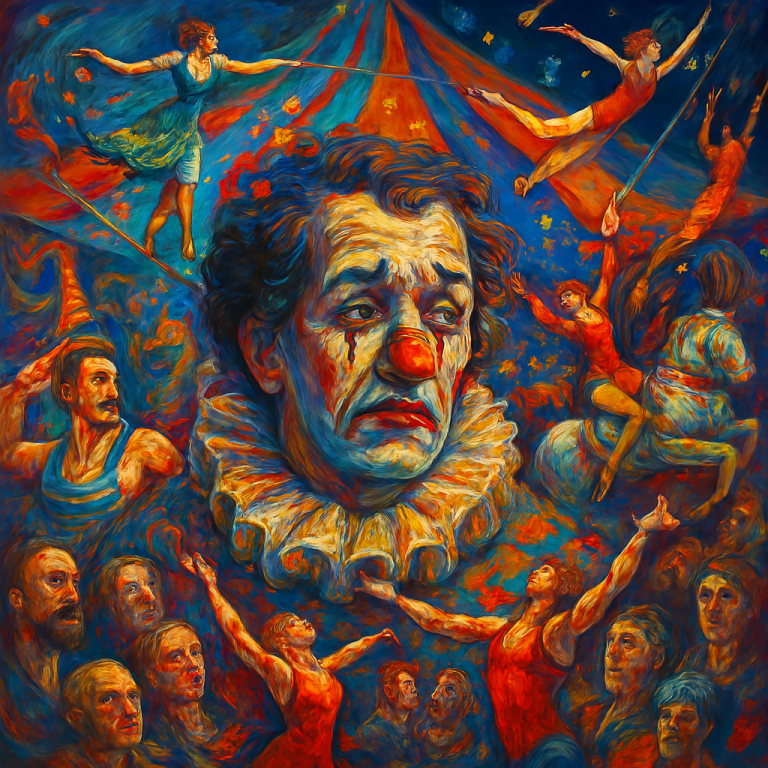
First Impressions
The Psychology Behind Perception
How Eyewear Became a Symbol of Intelligence
From the lecture halls of Ivy League universities to the polished boardrooms of global corporations, glasses have long been associated with intellect. But why? Is it simply a cultural stereotype, or is there something deeper at play in the way we perceive people who wear glasses?
The idea that glasses make someone look smarter isn’t just anecdotal—it’s backed by decades of psychological research, cultural evolution, and visual semiotics. This post dives into the roots of that perception, exploring how eyewear became a cognitive cue and why it continues to shape first impressions in powerful ways.

Historical Roots of the “Smart Glasses” Stereotype
From Necessity to Intellectual Identity
Eyeglasses were first invented in the late 13th century, primarily as a tool for aging scholars and monks who needed help reading manuscripts. From the beginning, glasses were associated with literacy—a rare and prestigious skill at the time. As literacy spread, so did the visibility of glasses among academics, scientists, and philosophers.
By the 18th and 19th centuries, portraits of intellectuals often included spectacles, reinforcing the visual link between glasses and intelligence. Think Benjamin Franklin, Sigmund Freud, or Albert Einstein—figures whose glasses became part of their intellectual persona. Over time, this association became embedded in cultural memory.
Even in early cinema and television, characters wearing glasses were often cast as the “brainy” ones—professors, inventors, strategists. This visual shorthand helped audiences quickly identify a character’s role, further cementing the stereotype.
Cognitive Bias and First Impressions
Why Our Brains Link Eyewear with Intelligence
Psychologists have long studied the phenomenon of “thin slicing”—the ability to make quick judgments based on limited information. Glasses, as a visual cue, play directly into this mechanism. When we see someone wearing glasses, our brains unconsciously activate associations with traits like competence, seriousness, and academic achievement.
Several studies have confirmed this bias. In controlled experiments, participants consistently rated individuals wearing glasses as more intelligent, more trustworthy, and more competent than those without. Interestingly, this effect was strongest with traditional, rectangular frames—styles most associated with professional environments.
This bias isn’t just limited to adults. Children, too, tend to perceive peers with glasses as smarter, even if they don’t necessarily see them as more attractive or socially dominant. The association is deeply ingrained, suggesting that it’s learned early and reinforced throughout life.
The Role of Fashion and Frame Design
How Style Choices Influence Perception
While the stereotype persists, modern eyewear has evolved into a fashion statement. Today, glasses come in a vast array of styles—from minimalist titanium frames to bold, oversized acetate designs. Each choice subtly influences how the wearer is perceived.
- Thin metal frames often signal professionalism and precision
- Thick black frames evoke creativity and intellectual boldness
- Round lenses can suggest vintage charm and academic depth
- Geometric or avant-garde designs may imply artistic intelligence or unconventional thinking
In essence, glasses have become a form of nonverbal communication. They allow individuals to curate their identity, signaling not just intelligence but also taste, personality, and even philosophical leanings.

Social and Professional Implications
Glasses as a Strategic Tool in Impression Management
In professional settings, wearing glasses can be a subtle form of “impression management”—a way to influence how others perceive you. Job applicants, for instance, may choose to wear glasses during interviews to project competence and reliability. Public speakers and educators often find that glasses help establish authority and credibility.
This isn’t manipulation—it’s strategic self-presentation. Just as clothing, posture, and tone of voice affect perception, so too does eyewear. And because the intelligence stereotype is so deeply rooted, glasses offer a unique advantage in contexts where cognitive credibility matters.
Beyond the Stereotype – The Reality of Intelligence
Why Looking Smart Isn’t the Same as Being Smart
Of course, wearing glasses doesn’t actually make someone more intelligent. Intelligence is a complex trait influenced by genetics, environment, education, and experience. The glasses-smart link is purely perceptual.
However, perception matters. In a world where first impressions can shape opportunities, the ability to project intelligence—whether through speech, behavior, or appearance—can have real-world consequences. Glasses, in this sense, are a tool. They don’t define intelligence, but they can amplify its visibility.
The Neuroscience of Visual Cues
How the Brain Processes Eyewear as a Signal
Neuroscientific research shows that the human brain is wired to recognize patterns and assign meaning to visual stimuli. Glasses, as a distinct facial accessory, activate recognition pathways that link to stored associations—such as books, classrooms, and authority figures.
The fusiform gyrus, responsible for facial recognition, plays a role in this process. When glasses are present, the brain doesn’t just see a face—it sees a modified face with symbolic weight. This rapid categorization influences how we interpret personality traits before a single word is spoken.

Glasses in Pop Culture and Media
Reinforcing the Smart Persona Through Storytelling
From Clark Kent’s transformation into Superman to Hermione Granger’s academic prowess, glasses have been used in storytelling to signal intelligence, depth, and even duality. These portrayals reinforce cultural scripts that link eyewear with intellectual strength.
In sitcoms, dramas, and animated series, the “smart character” often wears glasses—sometimes exaggerated for comedic effect. These tropes shape public perception, especially among younger audiences, embedding the stereotype into collective consciousness.
Eyewear and Identity Construction
Choosing Glasses as a Form of Self-Expression
For many, glasses are more than a necessity—they’re a deliberate choice. People select frames that reflect their values, aspirations, and social roles. A minimalist frame might suggest analytical precision, while a bold, colorful design could signal creative confidence.
This act of choosing eyewear becomes part of identity construction. It’s a way to visually narrate who you are—or who you want to be. In this sense, glasses are not just passive objects but active participants in personal branding.
Cross-Cultural Perspectives on Eyewear
How Glasses Are Perceived Around the World
While Western cultures often associate glasses with intelligence, other societies may interpret them differently. In parts of East Asia, glasses can signal diligence and academic discipline, especially among students. In some African and Middle Eastern contexts, they may be seen as symbols of modernity or access to education.
These cultural variations highlight the fluidity of visual symbolism. What glasses mean depends on context, tradition, and exposure to media narratives. Yet across many regions, the link between eyewear and cognitive credibility remains surprisingly consistent.

The Future of Eyewear and Perception
Smart Glasses, Augmented Reality, and Evolving Stereotypes
As technology advances, eyewear is evolving beyond vision correction. Smart glasses with augmented reality features are entering mainstream use, blending utility with innovation. This shift may redefine how glasses are perceived—not just as symbols of intelligence, but as tools of enhanced cognition.
Will future generations associate glasses with digital fluency rather than bookishness? Possibly. The stereotype may morph, but the core idea remains – eyewear continues to shape how we interpret minds behind the lenses.
Join the Discussion
Do you think glasses change how people perceive you? Have you ever chosen a frame to project a certain image? Share your thoughts, stories, or even your favorite frame style below.
#SmartStyle #EyewearPsychology #VisualPerception #IdentityThroughDesign #GlassesAndIntellect





1 thought on “Do Glasses Really Make You Look Smarter Or Is It Anecdotal?”